March 9, 1991 anti-Milosevic demo youth know nothing about
Today marks 27 years since the nine-day demonstrations in Belgrade. SPO leader Vuk Draskovic says that young people today know almost nothing about this.
Friday, 09.03.2018.
10:35
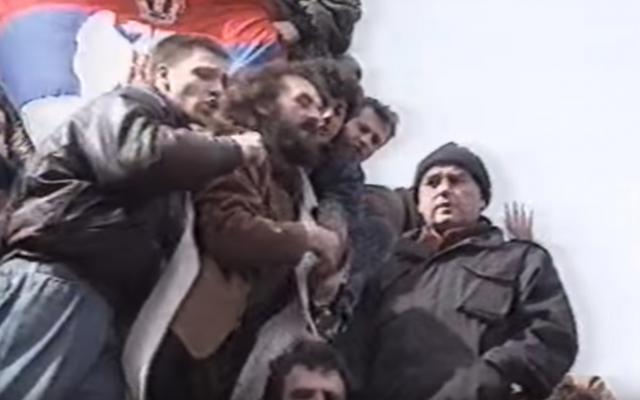
March 9, 1991 anti-Milosevic demo youth know nothing about
March 9 had became a symbol of struggle and civil resistance, and Draskovic, whose SPO organized the well famous demonstrations, said that March 9 is today covered in oblivion and untruths."That day in Belgrade we demonstrated against the 'media bastillas' that poioned millions of people with hatred and untruths and made them blind to see where where Serbia and the the entire Serbian people in former Yugoslavia were led to by the president of Serbia, his party, communist generals, udbashi, mafias and many others who called themselves the elite of the nation. For this reason, all police forces struck against us, and in the evening and army tanks, too," recalls Draskovic.
According to him, "March 9 lasted for almost a decade and many have lost their lives in that fight."
"The crime on the Ibar highway, the liquidation of Ivan Stambolic, Slavko Curuvija, Pedja Starcevic, Nebojsa Simeunovic and dozens of others are still evidence of state terrorism," Draskovic said in a statement. March 9 is less and less is talked about, the young people almost do not know anything about it today, and Draskovic says that "a false history is written about the events of the tragic nineties."
Demonstrations on March 9 brought about 100,000 people to the streets, more than 10,000 policemen were stationed in the city, and military tanks trampled Belgrade's asphalt. The fierce conflicts took two lives, and the 9th of March "spilled over" into the "plush revolution" and brought the first victories against Slobodan Milosevic.
However, there was no strength to topple his regime, and that took almost another ten years.
The citizens were brought to the streets by the Serbian Renewal Movement, whose leader, Vuk Draskovic, called for demonstrations "on March 9, exactly at noon, on Republic Square" - because of a warmongering report on February 16, 1991 on TV Belgrade, which was at the timr first called TV Bastille.
The direct reason for calling for the "TV Bastille to fall" was a state comment read by the editor Slavko Budihna, which said that the SPO was cooperating with the pro-Ustasha and pro-fascist regime in Croatia, "which is contrary to the vital, historical interests of the Serb people."
The main demands of the demonstrations were the dismissal of RTS director Dusan Mitevic and four other editors - Slavko Budihna, Predrag Vitas, Ivan Krivec and Sergej Sestakova. The Milosevic regime did not want to allow demonstrations, so the police blocked the approach to the Square and began to suppress demonstrators from the morning using rods, tear gas and water cannons.
Before the police, opposition leaders refuge in the National Theater, and from the terrace of that building, Draskovic issued his command "Charge!" to the demonstrators below.
Then, fierce, multi-hour clashes began on the streets of Belgrade.
In the chaos, 18-year-old Branivoj Milinovic and policeman Nedeljko Kosović (54) were killed. Milinovic was hit a polic weapon who opened fire on a group of protesters, while Kosovic died when he was running away from the demonstrators after a 5-meter fall.
The city center was devastated, and 114 people - 58 policemen and 86 citizens - were injured in the clashes between demonstrators and the police, while 158 people were arrested, including Draskovic.
On that day, the police forced a ban onthe work of Radio B92 and censured Television Studio B. Milosevic's request for a ban on "biased reporting and harassment of the public" was conducted by the Minister of Police Radmilo Bogdanovic.
In the evening, the streets were completely empty, the police arrested dozens of protesters during the night, and the "peace" were guarded by tanks, which the regime took to the streets in the evening. "The 9th of March" was not finished that night.
The students organized themselves and on March 10 they gathered on the Terazije plateau where, with the support of citizens, besides the resignations of leaders and editors of the state television, they asked for the police minister's resignation, the release of all the arrested and enabling the work of B92 and Studio B. A day later, the SPS organized a counter-meeting at Usce, where Dusan Matkovic, the official of the party, invited the gathered pensioners to "go to Terazije to drive away the disgrace of Serbia". The Students were during the rally were called "Ustashas" and "Hooligans".
At that time, another division was added to the society - "parents at Usce, children at Terazije".
The students continued their round the clock protests and their "plush revolution" until March 14, when all their demands were accepted.
The resignations of Mitevic and Bogdanovic were accepted, TV editors were changed. Belgrade, B92 and Studio B continued their work, and all those arrested were released.
In the end, it is worth recalling also the words of Dragana Milojevic-Srdic, one of iconic figure of the March 9 protests - whose image, standing in front of water cannon with a raised hand, displaying the three finger salute, was see around the world:
"I am looking at the assembly today, both the DS, the SPS and the SPO are in power. Everyone, everyone, everyone," she said, recalling one of protest's slogans.
"And I, having dreamed a different Serbia, remain a picure on a badge. It was probably the only way. All ideals that are too great turn into their opposites."


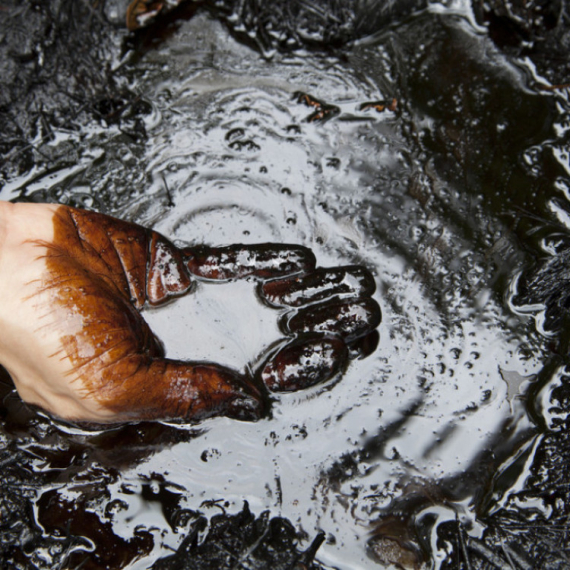
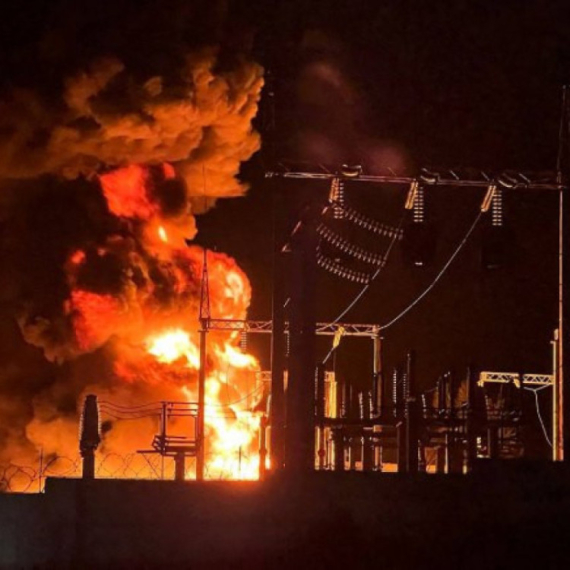
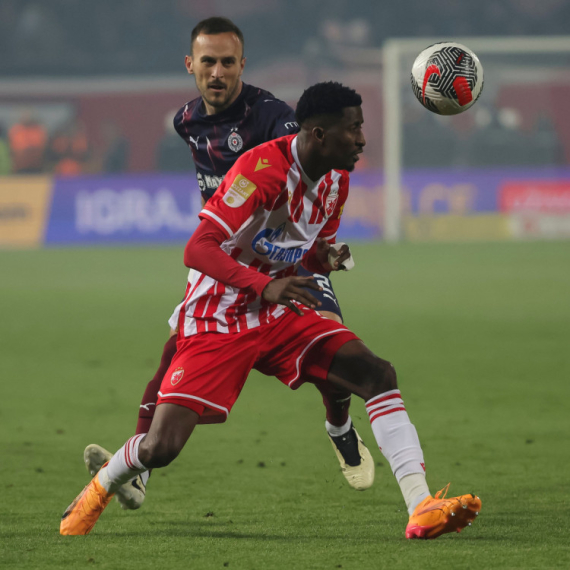
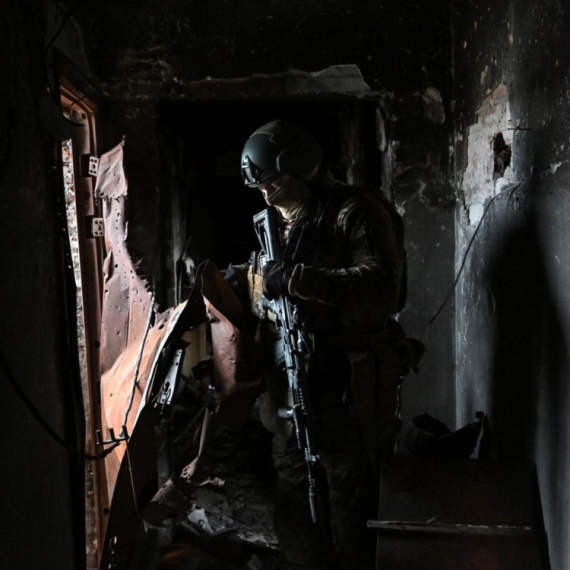




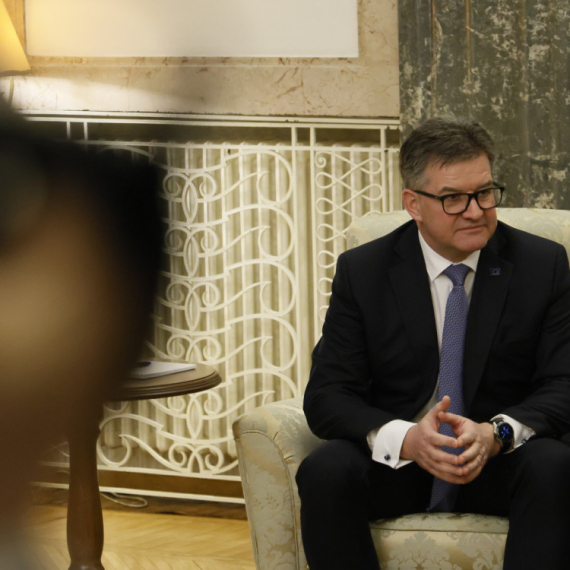
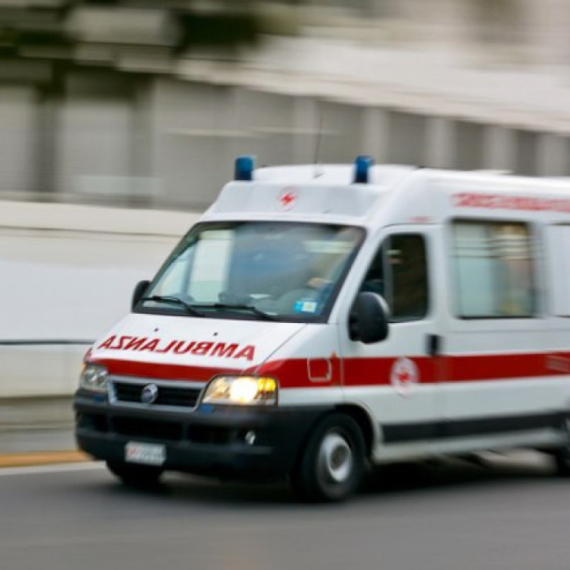
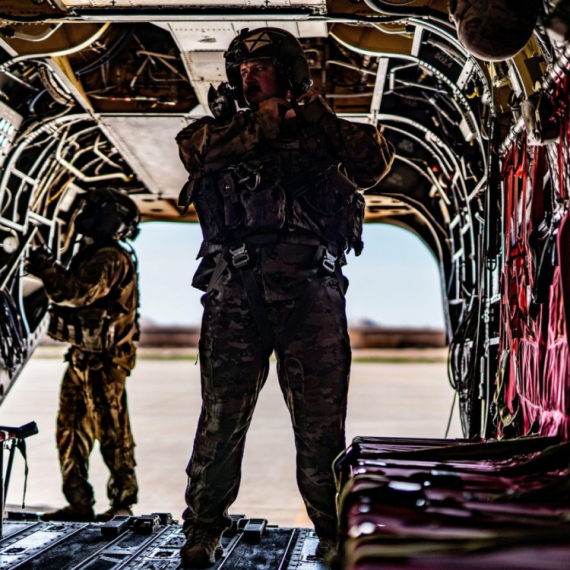
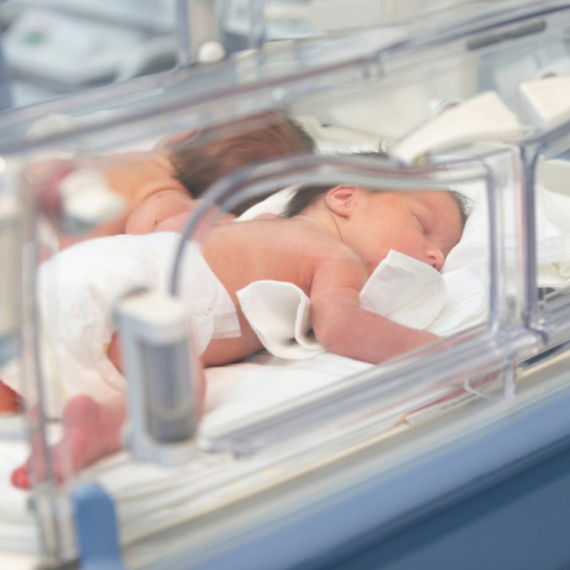
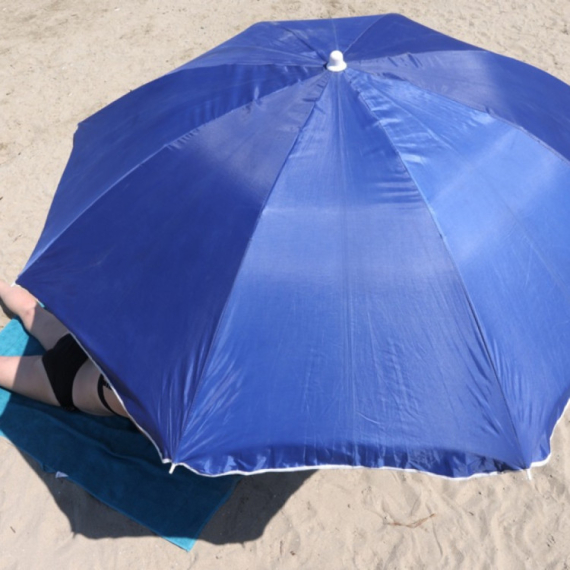
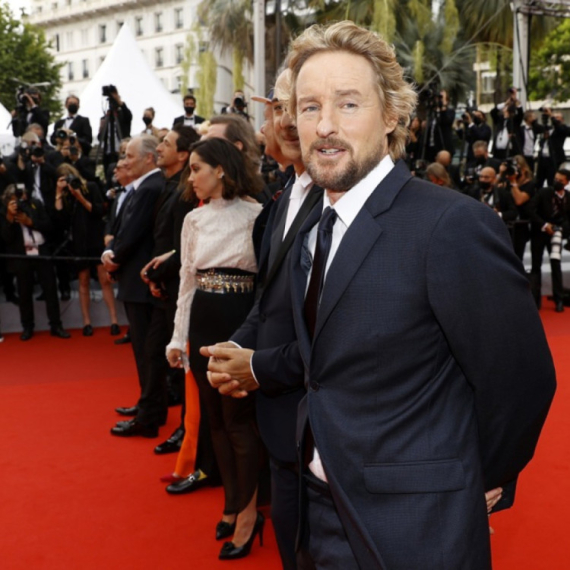
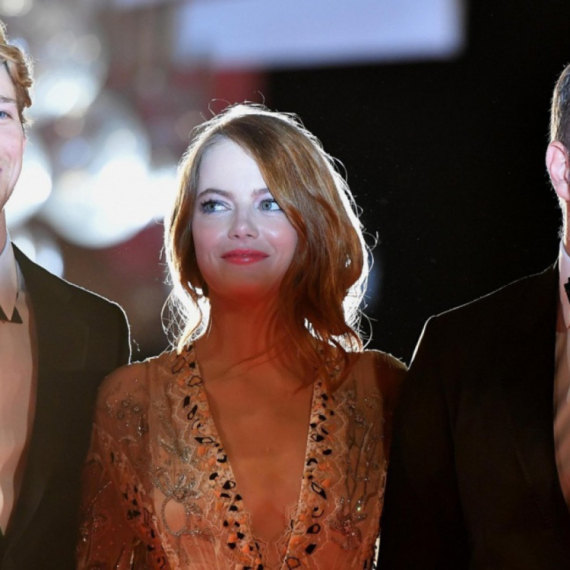
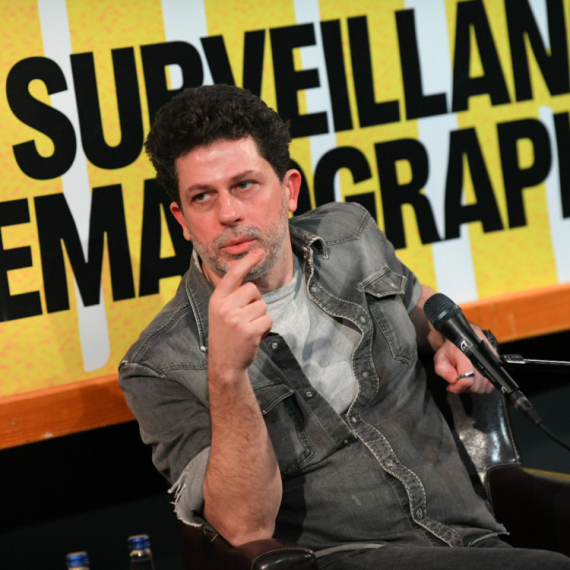

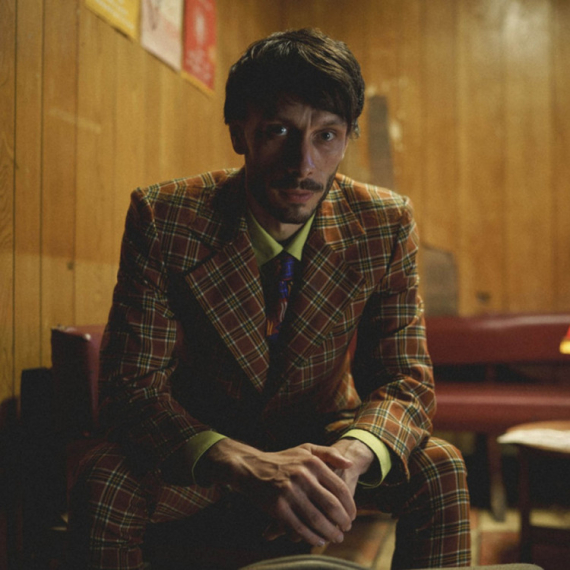


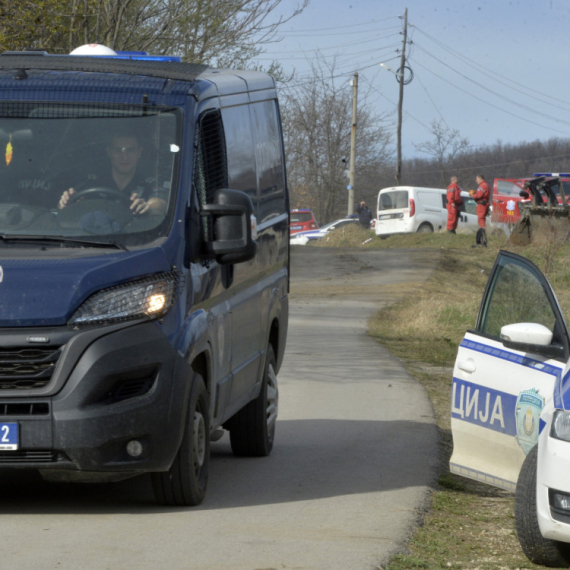
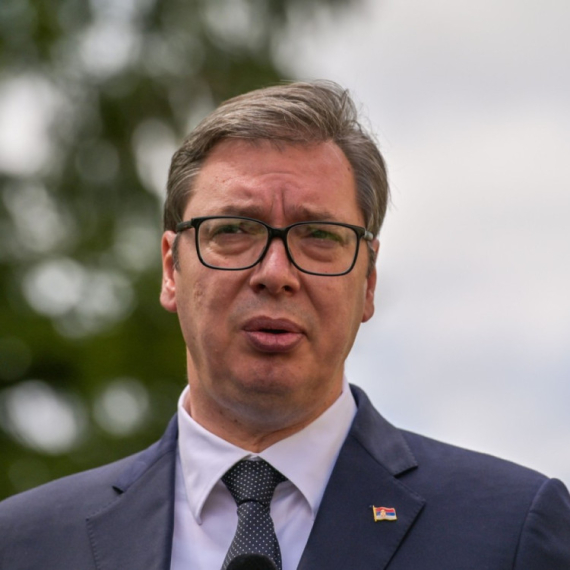
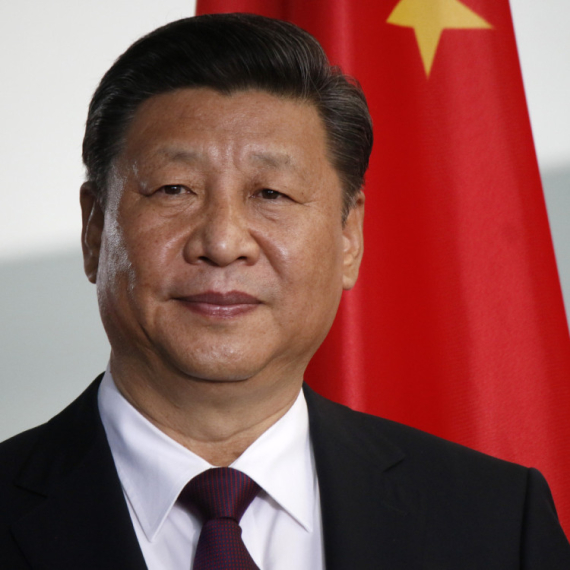

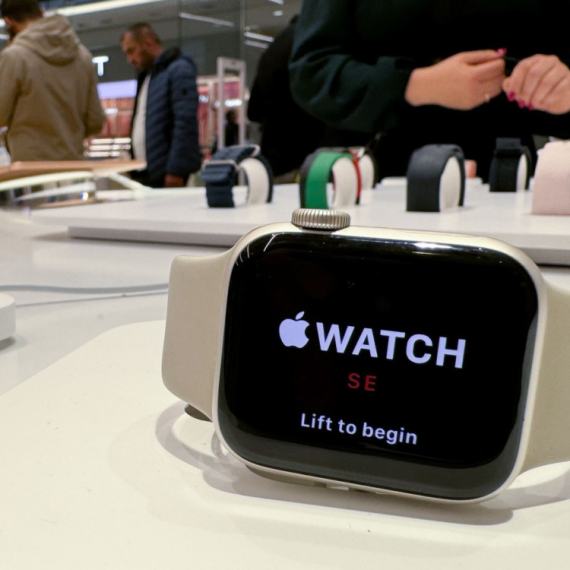
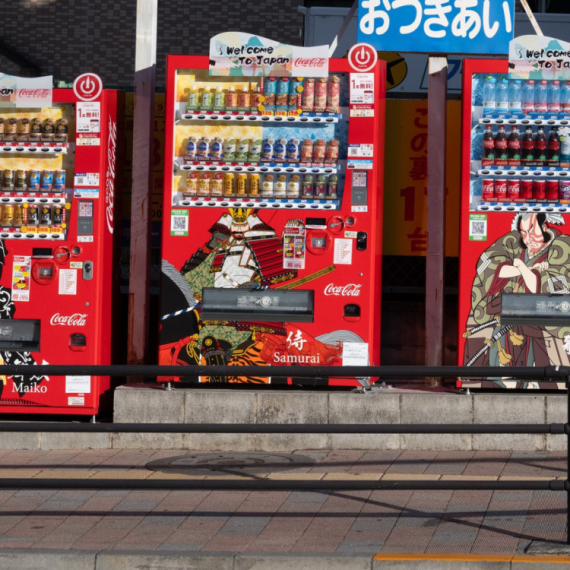
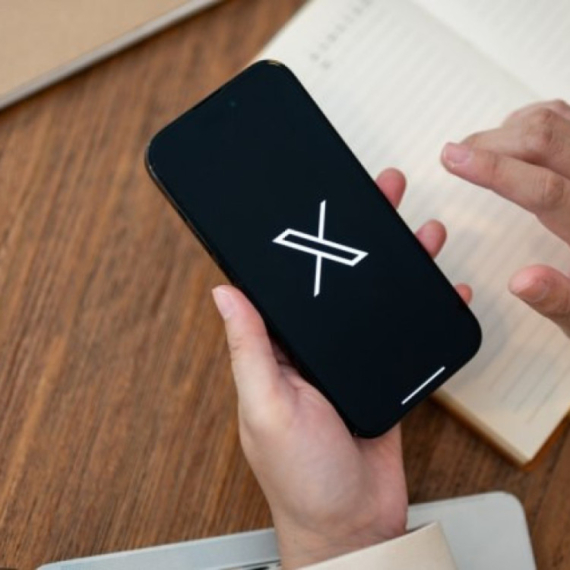

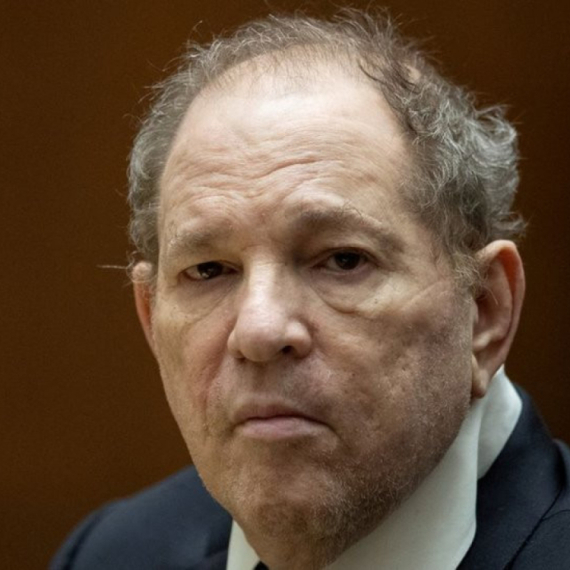
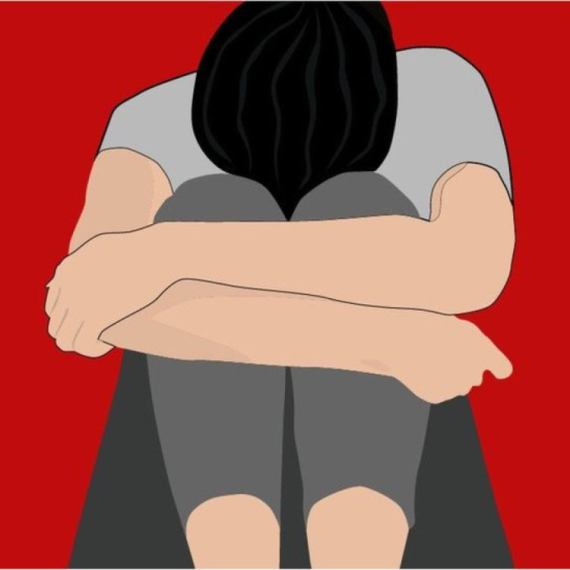
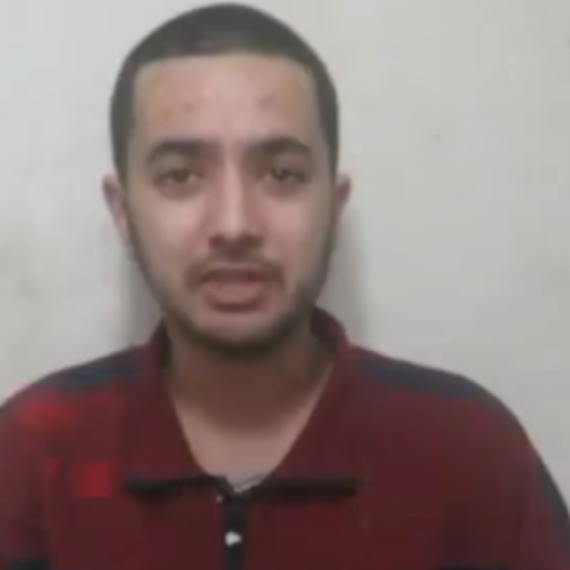
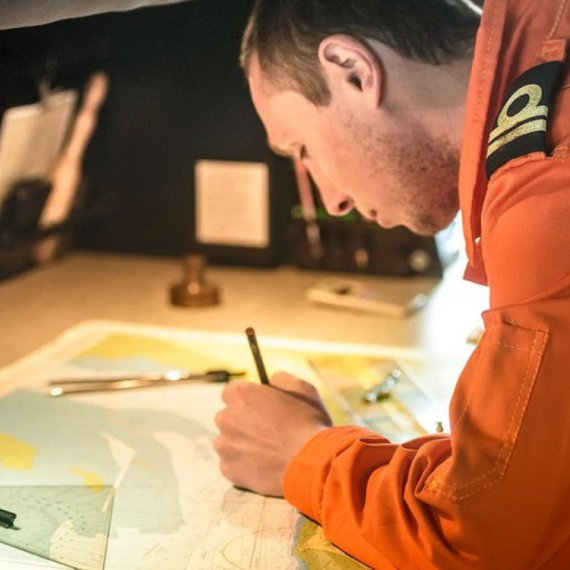
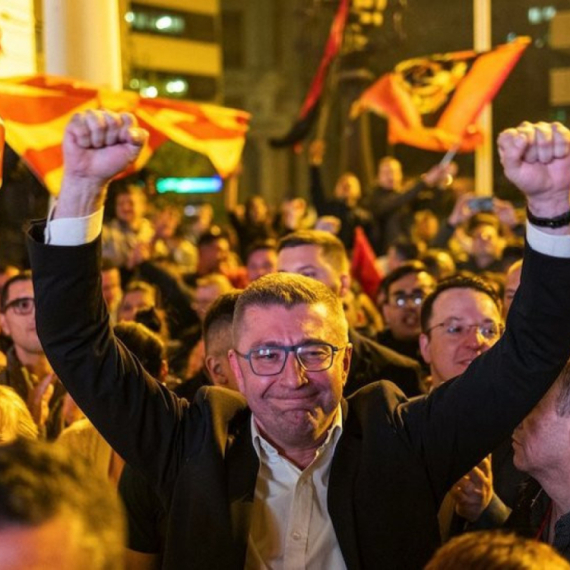

Komentari 2
Pogledaj komentare